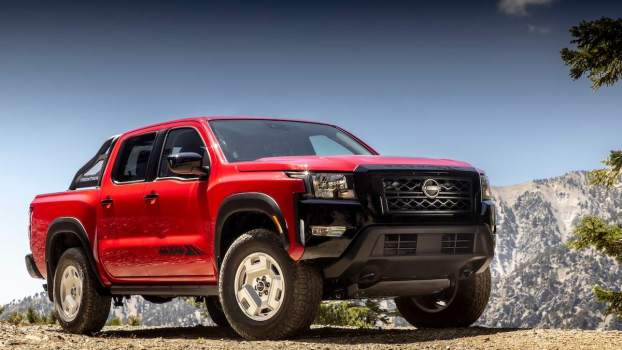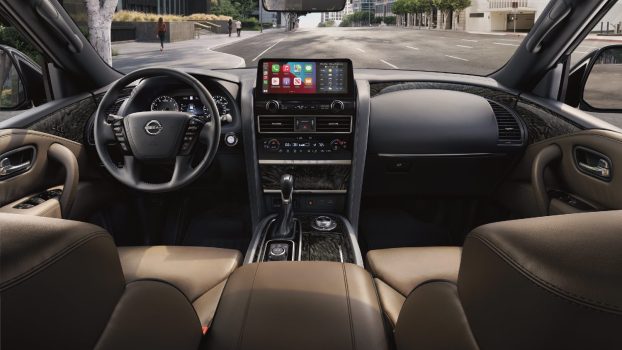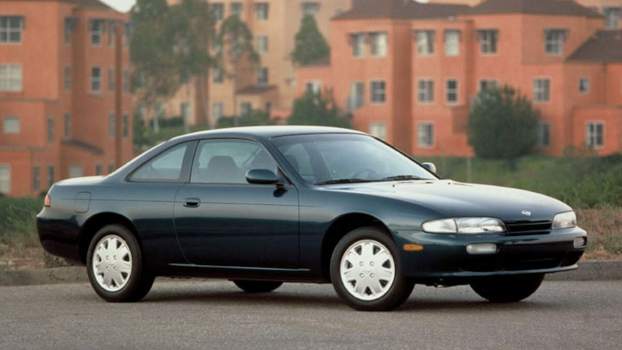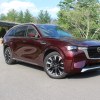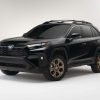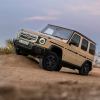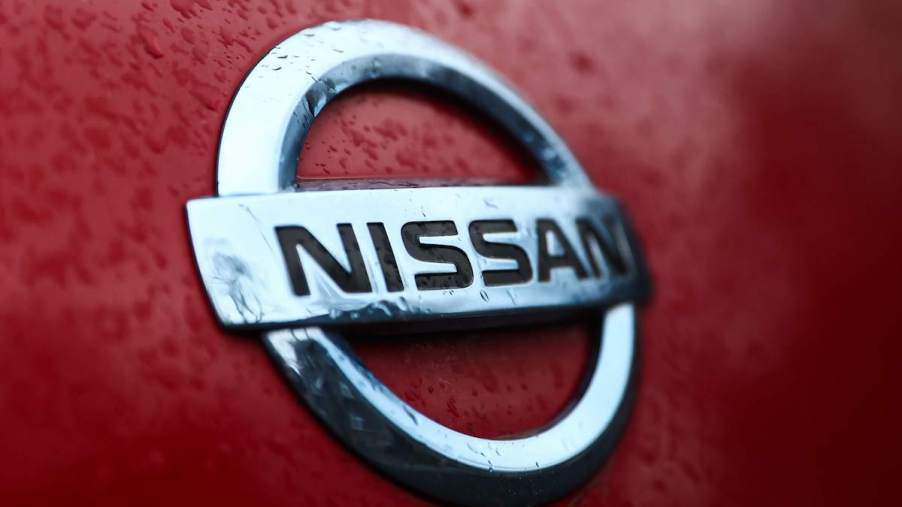
3 of the Absolute Worst Nissan Cars Came From the Same Era
From its humble beginnings as Datsun, Nissan has forged a reputation as a purveyor of reliable, affordable vehicles rivaling models from Japanese competitors like Honda and Toyota. The brand has been in the U.S. since the late 1950s, but Nissan hit its stride during the 1970s oil crisis thanks to fuel-efficient compact cars and legendary Z-series of sports cars. In addition, the Altima and Sentra sedans rank in the top 10 for 2023 year-to-date sales among passenger cars. And who could forget the revolutionary Leaf, the world’s first mass-market all-electric vehicle that Nissan launched in 2010?
Still, every automaker has produced duds, and Nissan is no exception. Here are three of the worst Nissan cars of all time. Intriguingly, they were in production around the same time.
2011–2017 Nissan Juke
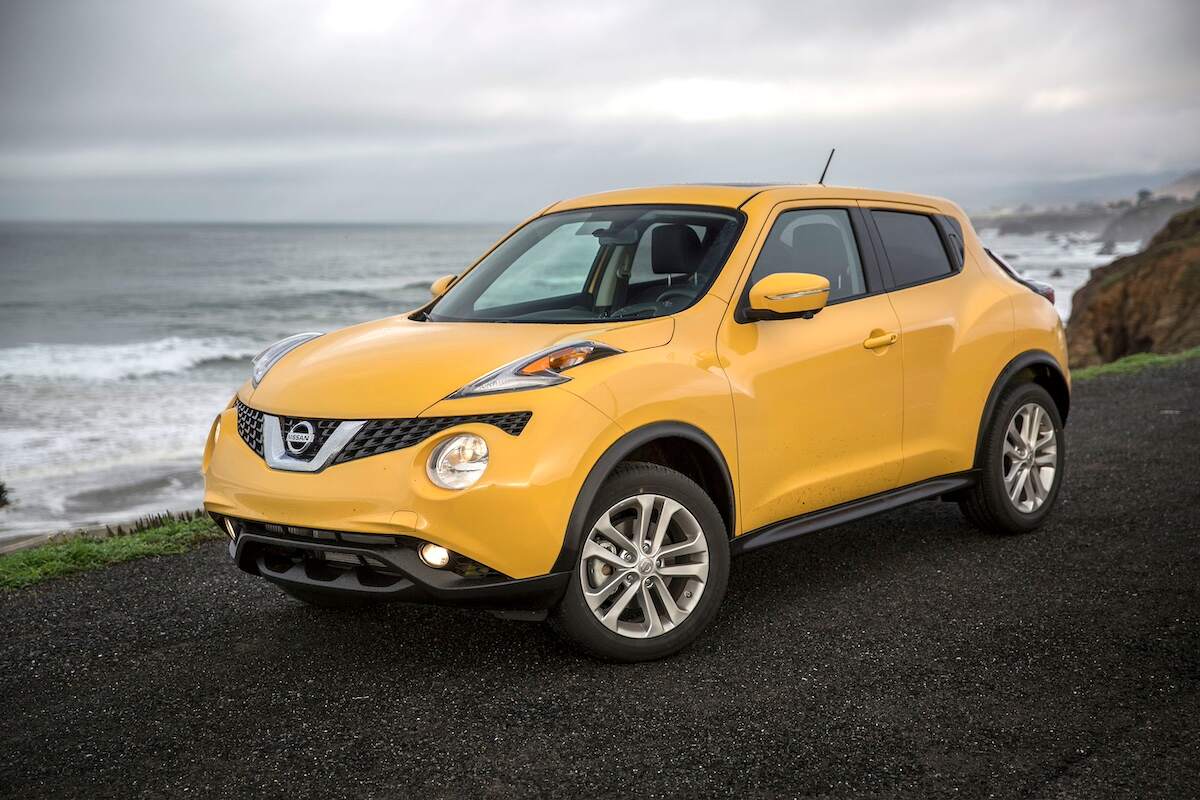
When Nissan launched the Juke stateside in 2011, Americans would be forgiven for thinking it was a reincarnation of the infamously ugly Pontiac Aztec. The two shared a controversial front-end treatment, with the parking lights/turn signals mounted high above the headlights. However, the Juke’s polarizing looks were its downfall.
Even though the Nissan Juke’s frog-eyed front fascia may not have been a hit with every consumer, not all of its styling aspects were misfires. For instance, the rear passenger doors all but disappeared into the Juke’s rear flanks and had discreet door handles mounted in the window frame — a nod to the earliest Pathfinder models — to complete the disguise. Arguably, this was one of the best-executed early examples of coupe-style sedans and crossovers with sloped rooflines that are trendy right now.
The Juke was also peppy, packing a 188-hp turbocharged engine and available all-wheel drive for snowy climates or light off-roading. Plus, it boasted a starting price under $20,000, and even loaded AWD trims hovered around $25,000.
Despite its perks, the Juke’s styling landed it on many ugliest-cars lists, including one from Edmunds, whose reviewers opined, “It has at least six headlights and fenders that seem tacked on as an afterthought. It’s proudly peculiar and un-pretty.”
You know what, though? The Juke sold well, at least initially. In its first 40 months on the market, it sold over 420,000 units worldwide. However, the keyword in that last sentence is “worldwide.” In America, this subcompact crossover sold well initially, but by its final year in 2017, it struggled to sell barely 10,000 and subsequently got nixed from the U.S. market.
2011–2014 Murano CrossCabriolet
Another model worthy of the “worst Nissan” crown is the Murano CrossCabriot. However, controversial styling might be the least of this drop-top crossover SUV’s problems. Convertible versions of most cars have less structural rigidity than their fixed-roof peers. So, manufacturers often add bracing and strength to the vehicle’s frame to compensate for the lack of a load-bearing roof. Whatever Nissan tried with the Murano CrossCabriolet, it wasn’t enough. This quirky convertible had so much shake and flex that famed car critic Doug DeMuro was afraid the windshield would pop free and fall into his lap during his test drive.
Another common pitfall for convertibles is limited rear visibility and blind spots. To attempt to remedy this issue, Nissan fitted not one but two rear windows. One was where you’d expect to find a rear window, while the other was in the horizontal part of the roof above the back seat. We’re not sure how that would help the poor outward visibility for the driver, but rear passengers could gaze at the sky. Finally, because the compartment designed to hold the convertible top in the down position intruded significantly into the trunk, the usable storage space was limited, especially for a midsize SUV.
Nissan marketed the Murano CrossCabriolet to an older demographic, so the exterior was offered in metallic pastels, complemented by a light-tan interior. It also had a 3.5 liter V6 making 265 hp (5 hp more than a regular Murano) through a dreadful continuously variable transmission (CVT) and standard all-wheel drive. Frankly, that horsepower figure was respectable for a decade ago, but with a curb weight approaching 4,500 pounds, the CrossCabriolet was fairly lethargic.
With a base MSRP of around $47,200, it was the second most expensive model in Nissan’s lineup behind the GT-R. But sales were abysmal — a couple thousand per year at best — so this failed crossover was only made for a few years between 2011 and 2014.
Ending on a positive note, the interior was quite comfortable — at least for front occupants — and boasted Infiniti-level luxuries.
2009–2014 Nissan Cube

Has there ever been a more fitting name for a vehicle? Although Nissan began selling the Cube overseas in the late ’90s, it didn’t land on American shores until 2009. It wasn’t the only hexahedron-inspired vehicle on the market, either — Scion had its blocky xB, and the first-gen Kia Soul was squarish in its own right. But the Cube is perhaps the most memorable for a few reasons.
The first was a unique window design that appeared to wrap from the right rear corner to the passenger side. In reality, it wasn’t all continuous glass, but the D- and C-pillars were painted black to create the illusion. Come to think of it, all the windows had rounded corners, making the entire vehicle look faintly like an aquarium.
In addition, the rear hatch that housed the quirky window didn’t lift upward like a typical vehicle. Rather, the Cube had a pair of robust hinges mounted on the side, allowing the gate to swing open like a huge door. It wasn’t exactly practical in cramped spaces.
Finally, besides its nonstandard design, this blocky car/crossover mashup also suffered from lackluster acceleration due to its weak 122-hp four-cylinder engine.
Still, the Cube wasn’t all bad despite being among the worst Nissan cars. Thanks to wheels set at the far corners of the vehicle, the interior was spacious and easy to access.
By the time Americans got a crack at buying the Cube in 2009, it was in its third generation. Nissan plied the boxy-but-good (kudos if you know what film that phrase is from) vehicle in the U.S. until 2014. In Japan, customers could still buy one until the turn of this decade.
